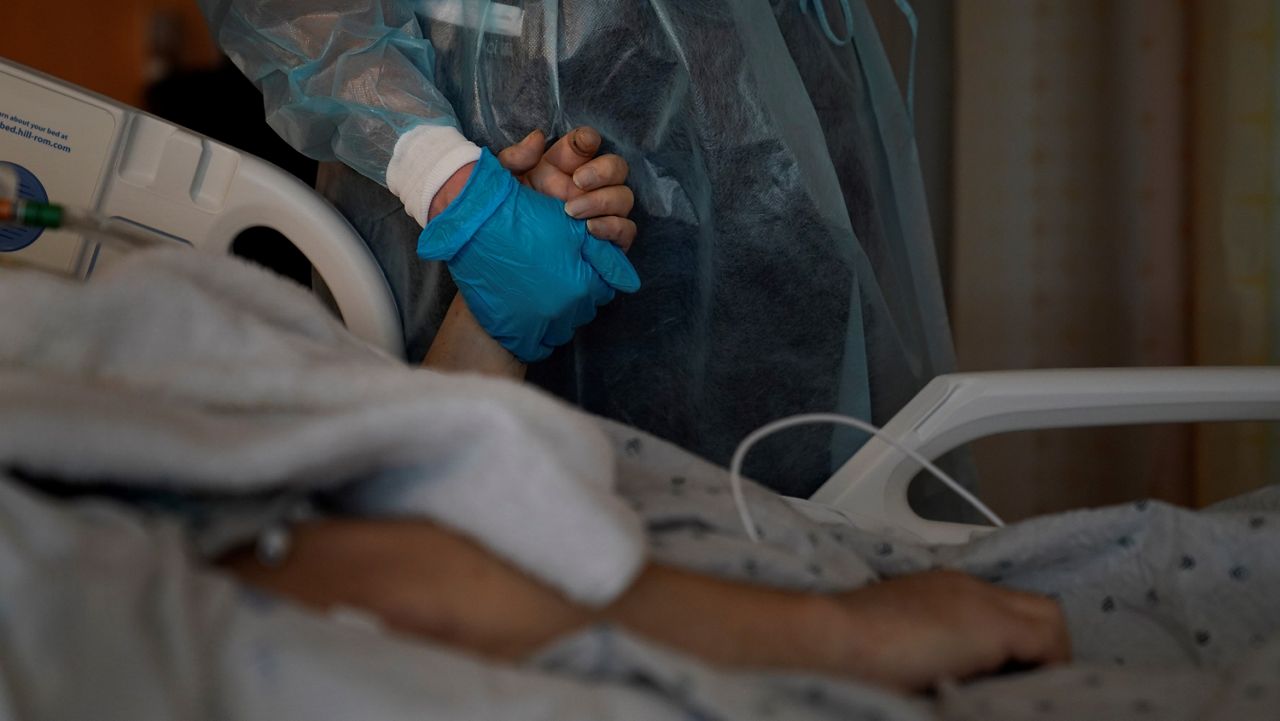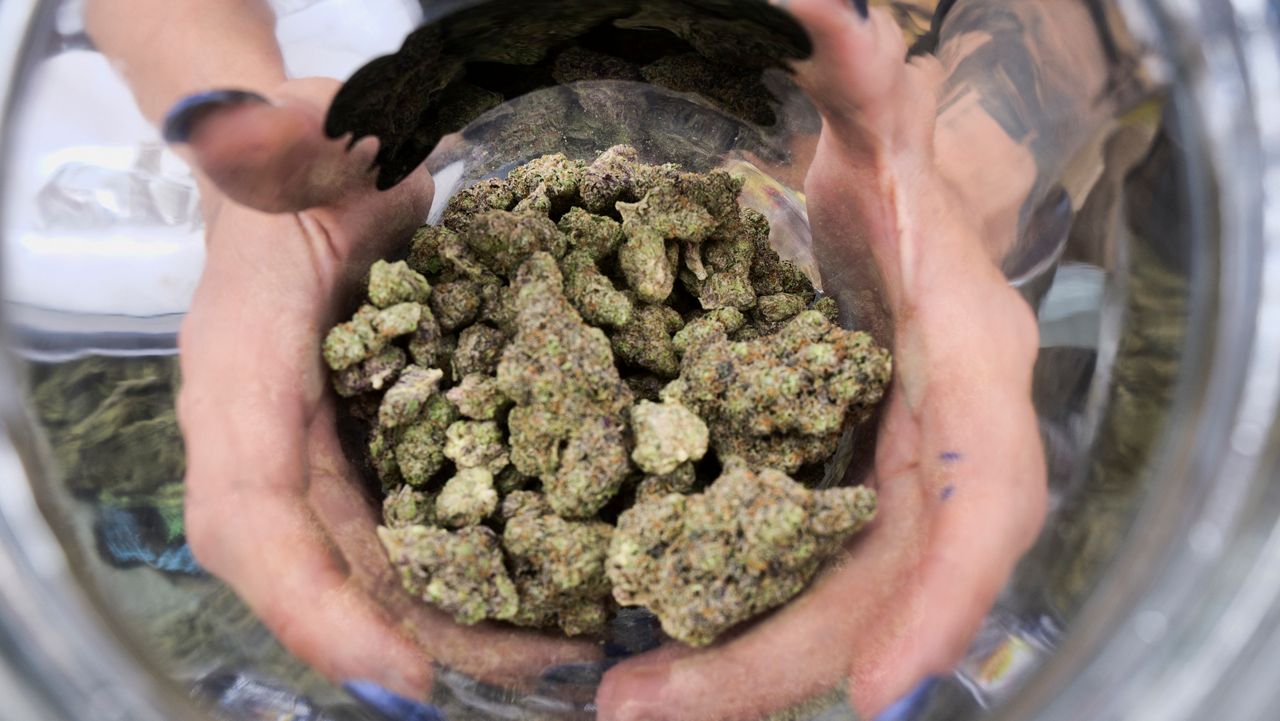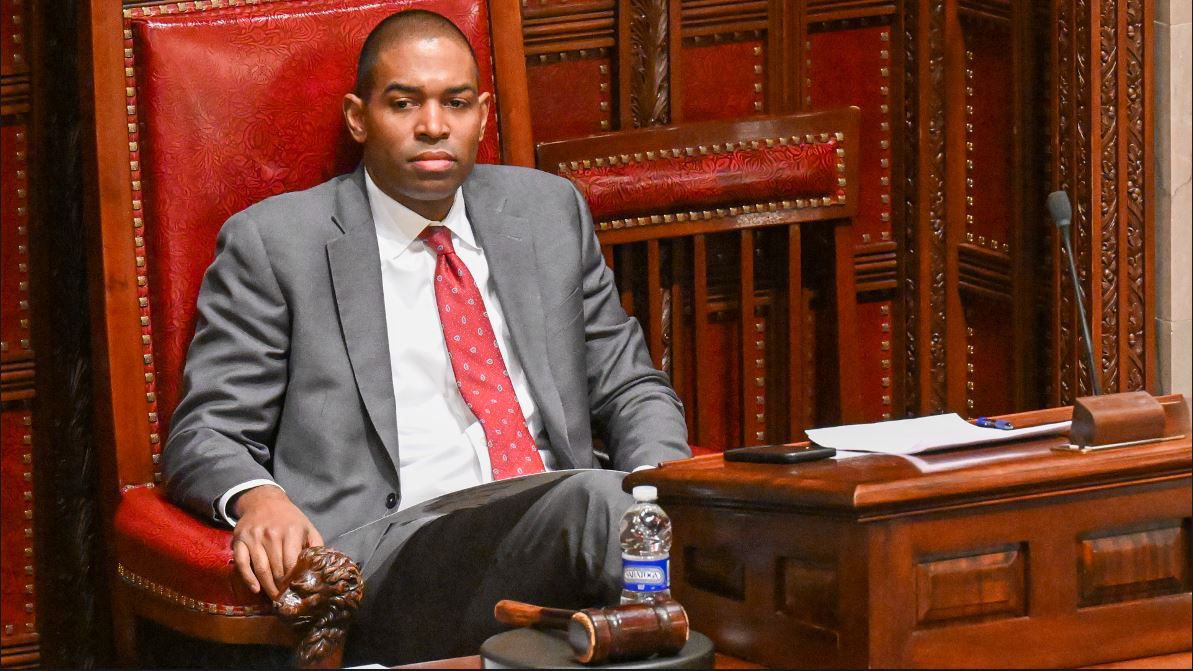Republican candidate for New York governor Lee Zeldin has campaigned on farms and on subways.
The diverse backgrounds aren't uncommon for any candidate running for governor, but underscore just how diverse — and complicated — New York can be.
"Sometimes some of what we’re talking about here is amplified more locally," Zeldin said at a campaign stop in Albany last week.
And as the candidates for governor fan out across its regions, what issues they choose to emphasize can vary. Agriculture issues obviously play better upstate, as do announcements for high-tech jobs. In New York City, mass transit issues can dominate.
Zeldin, a Long Island congressman, has campaigned on a public safety platform. He’s also sought to shore up support in rural areas of upstate, opposing an expansion of overtime for farm workers.
"Talking about the overtime threshold is not as much an issue in New York City as it would be if you were to have a debate somewhere near here," he said.
But Zeldin also acknowledges voters share a thread of common concerns.
"When I am in red counties and blue counties, when I’m talking to Republicans, Democrats and independents, when I’m talking to liberals, moderates and conservatives, what’s amazing is the alignment of how they’re talking about their breaking point in the state," he said.
Democrats, too, have turned their focus to local issues. Gov. Kathy Hochul, a western New York native, has touted her support for a new stadium for her beloved Buffalo Bills football team.
"There are priorities that are important – priorities like the Buffalo Bills," Hochul said last year as she sought to shore up support for public funding for the stadium. "It’s very important to me that the Buffalo Bills maintain their home here in western New York."
Her running mate, Lt. Gov. Antonio Delgado, is also an upstater. Born in Schenectady, he represented a sprawling and largely rural congressional district.
"I had a big congressional seat – 11 counties," he said in an interview this week. "But 62 is a little bit bigger."
New York can often feel like two states. Or, if you consider each region, up to 10 distinct areas of the country. Western New York is markedly different from Central New York and the North Country, the Hudson Valley has a different vibe from Long Island. New York City is, of course, New York City.
How the candidates for governor navigate the regionalization of New York and the issues they raise can be key to victory on Nov. 8.
Still, Delgado also sees the same concerns for voters statewide as he travels across New York.
"There’s commonality in that a lot of people no matter where they live in this state are worried about affordability issues, whether its housing, whether its gas prices, whether its groceries," Delgado said.
Marist College pollster Lee Miringoff said there’s also a very different dynamic this year: A downstate Republican running against a western New York Democrat. Typically, the roles are reversed for each party given their regional strengths.
"You have an upstate Democrat and a downstate Republican," he said. "That’s a bit unusual from the typical pattern in New York politics."
But the key issues polls have shown are also national ones that resonant across the country. A decade ago, issues like hydrofracking dominated in upstate New York, as did funding for New York City mass transit. These days, campaign ads that air in New York could largely air in states like California or Illinois with very little changes in script.
"Inflation, preserving democracy, crime and preserving women’s rights – those four issues are national and they’re also New York," Miringoff said.






_PKG_Funding_to_Fight_Antisemitism_CLEAN)

